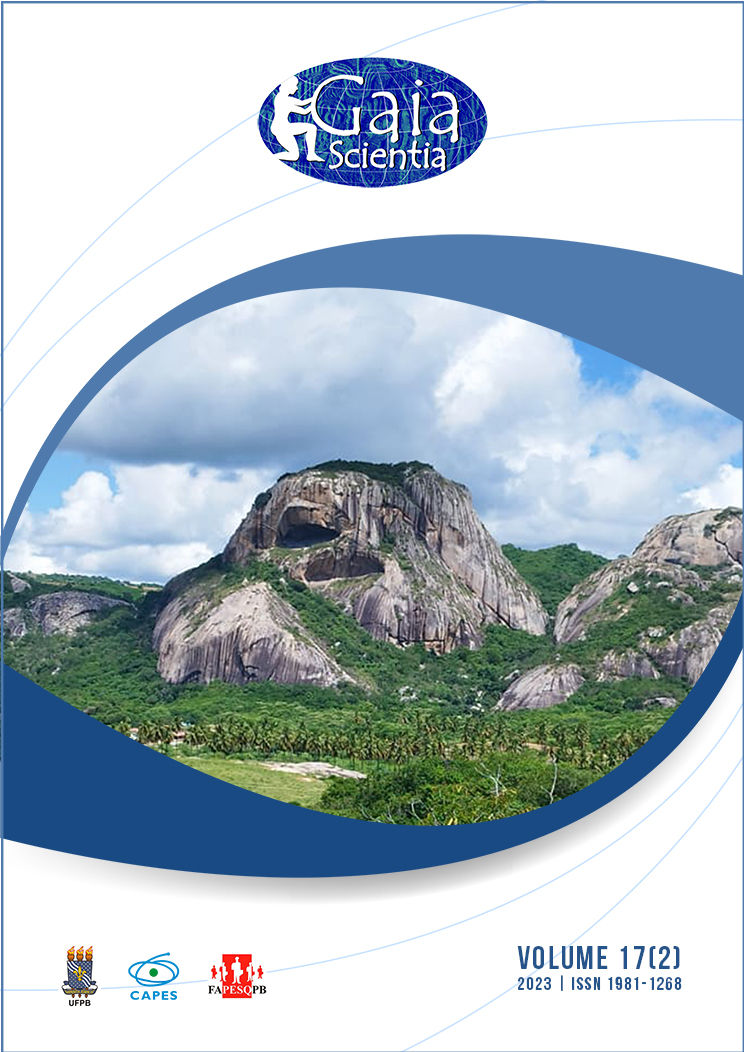Ethnobotanical knowledge about the use of medicinal plants by residents of the agricultural village Pomar in Mossoró/RN, Brazil
DOI:
https://doi.org/10.22478/ufpb.1981-1268.2023v17n2.66985Abstract
Ethnobotanical surveys of traditional rural communities seek to rescue popular knowledge and establish a bridge with the scientific environment. Several species of human importance are used in traditional medicine in rural communities in the Caatinga. In this way, the present work carried out the list of medicinal plants used by the rural community of the agricultural village Pomar, in the Maisa settlement in Mossoró/RN, aiming to make a diagnosis of the plants used and their proven effects in the scientific bibliography. 20 families selected by the “snowball” method were interviewed. It was observed that medicinal plants have a highly disseminated use in the community, especially in older people. 34 species belonging to 24 botanical families were cited, with the highest citation index for Mentha sp. (Menta), Cymbopogon citratus (Capim-santo), Psidium guajava (Goiabeira), Melissa officinalis (Cidreira) and Waltheria indica (Malva). The use of mixtures of formulas of medicinal herbs popularly called “garrafadas” was registered. The list produced was compared with data from similar studies in Latin America looking for the main species in common. It is concluded that the studied community makes considerable use of medicinal plants for the treatment of illnesses and that the listed plants have a great wealth of activities.










